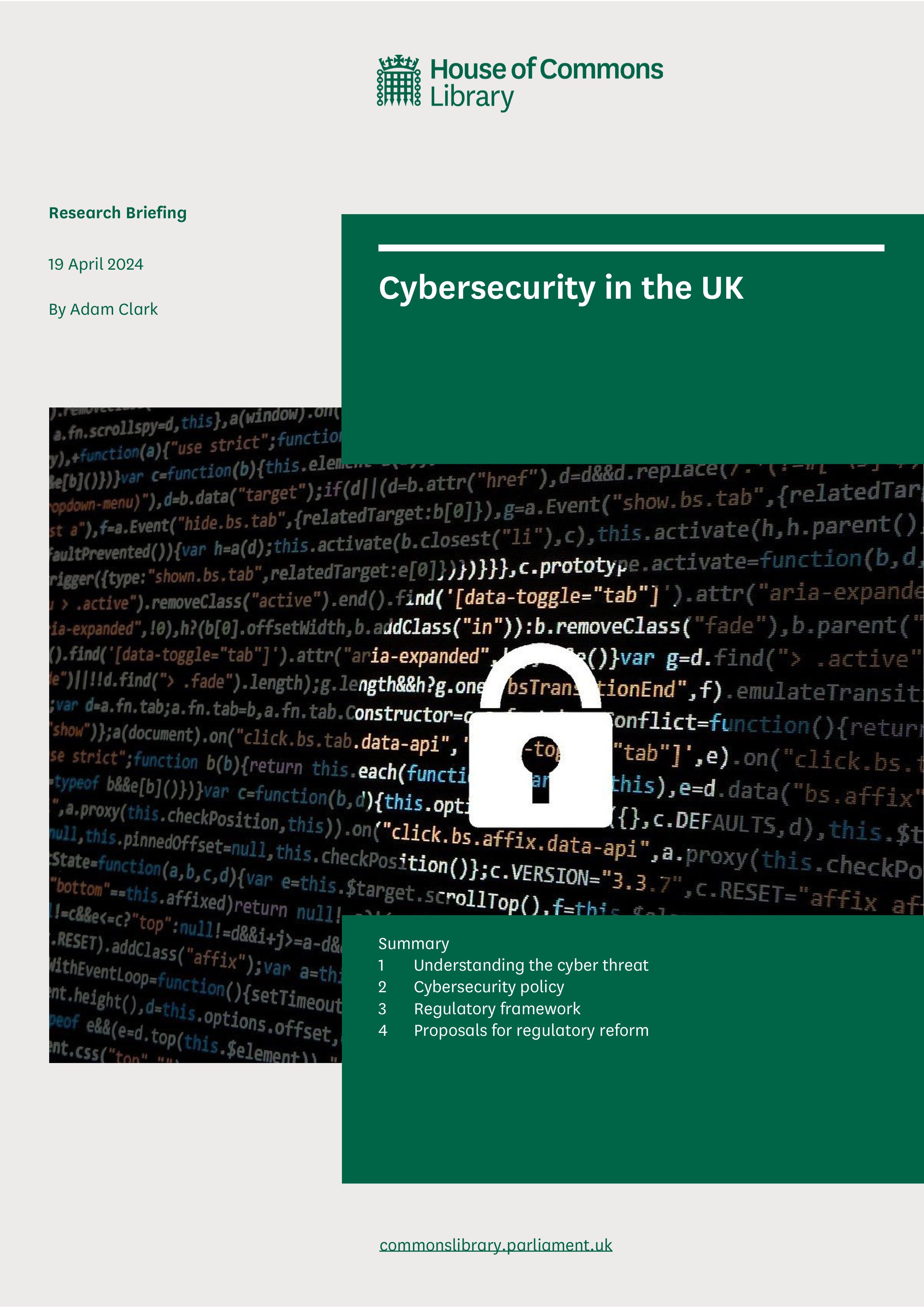By Carter, Sarah R.; Wheeler, Nicole E.; Chwalek, Sabrina; Isaac, Christopher R.; Yassif, Jaime
From the document: "Rapid scientific and technological advances are fueling a 21st-century biotechnology revolution. Accelerating developments in the life sciences and in technologies such as artificial intelligence (AI), automation, and robotics are enhancing scientists' abilities to engineer living systems for a broad range of purposes. These groundbreaking advances are critical to building a more productive, sustainable, and healthy future for humans, animals, and the environment. Significant advances in AI in recent years offer tremendous benefits for modern bioscience and bioengineering by supporting the rapid development of vaccines and therapeutics, enabling the development of new materials, fostering economic development, and helping fight climate change. However, AI-bio capabilities--AI tools and technologies that enable the engineering of living systems--also could be accidentally or deliberately misused to cause significant harm, with the potential to cause a global biological catastrophe. [...] To address the pressing need to govern AI-bio capabilities, this report explores three key questions: [1] What are current and anticipated AI capabilities for engineering living systems? [2] What are the biosecurity implications of these developments? [3] What are the most promising options for governing this important technology that will effectively guard against misuse while enabling beneficial applications? To answer these questions, this report presents key findings informed by interviews with more than 30 individuals with expertise in AI, biosecurity, bioscience research, biotechnology, and governance of emerging technologies."
Nuclear Threat Initiative. 2023. 88p.





